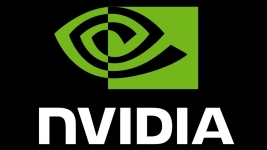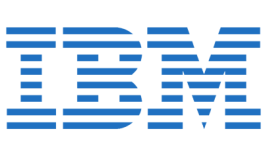Following the announcement of NVLink at GTC’14, we naively tried to get more information about NVIDIA’s strategy to interconnect with Intel’s QPI or other processors. To no avail. But the Open Innovation Summit in San Francisco shed the light we were seeking on the issue: even if Intel chips still dominate 90% of the server world, NVIDIA and IBM, along with Mellanox, Tyan and Google, really intend to set up a serious alternative to the current landscape. NVIDIA will accordingly license NVLink to members of the consortium with the goal of better coupling its Tesla accelerators to the next generation of Power8 CPUs, probably the only credible competition to Intel’s Xeons.
Created last year to build an open ecosystem, at least for its members, OpenPower aims to develop systems for data centers specifically optimized around IBM’s Power architecture. “Optimizing the interfaces between the components was really how we were really going to affect the performance per dollar and TCO of these systems” said Brad McCredie, President of OpenPower. “As a group, we decided that we needed to create an environment that would allow us to work at the device level and at the system level to try to optimize these systems.” Also the Director of engineering within the Platforms Group at Google, Brad McCredie expressed the interest of the internet giant to be part of OpenPower: “We looked at OpenPower as an opportunity to launch a third generation of warehouse-scale computing, to break down the barriers that exist between the components, the whole is really greater than the sum of its parts, and to really fix those bottlenecks that exist between the different components of the system: networking, memory subsystems, I/O subsystems, storage subsystems.”
The Open Innovation Summit was also an opportunity for IBM to unveil its first Power8 servers, which should be commercially available this summer. The successor to Power7+ is manufactured using 22 nanometers technology and contains more than 4 billion transistors in a maximum of 12 cores clocked between 2.5 GHz and 5 GHz. In terms of capabilities, the 12-core Power8 may, according to Steve Sibley, Worldwide Product Manager of the Power Systems line, support twice the workload of a 12-core Intel Xeon E5 v2. Interestingly, the two IBM machines dedicated to extreme-scale, the Power S812L and Power S822L, do not run on AIX, IBM’s proprietary OS, but Linux, widely used among Cloud operators and global organizations. Unity is strength, no doubt about that, but it remains to be seen whether the level of openness within OpenPower will be sufficient for the ecosystem to reach the necessary critical mass for the proposed alternative to x86 to be truly viable.
© HPC Today 2024 - All rights reserved.
Thank you for reading HPC Today.































